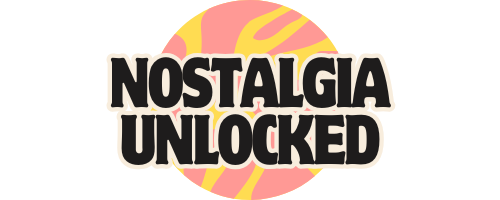15 Things That Made ’90s Libraries Magical For Every Kid
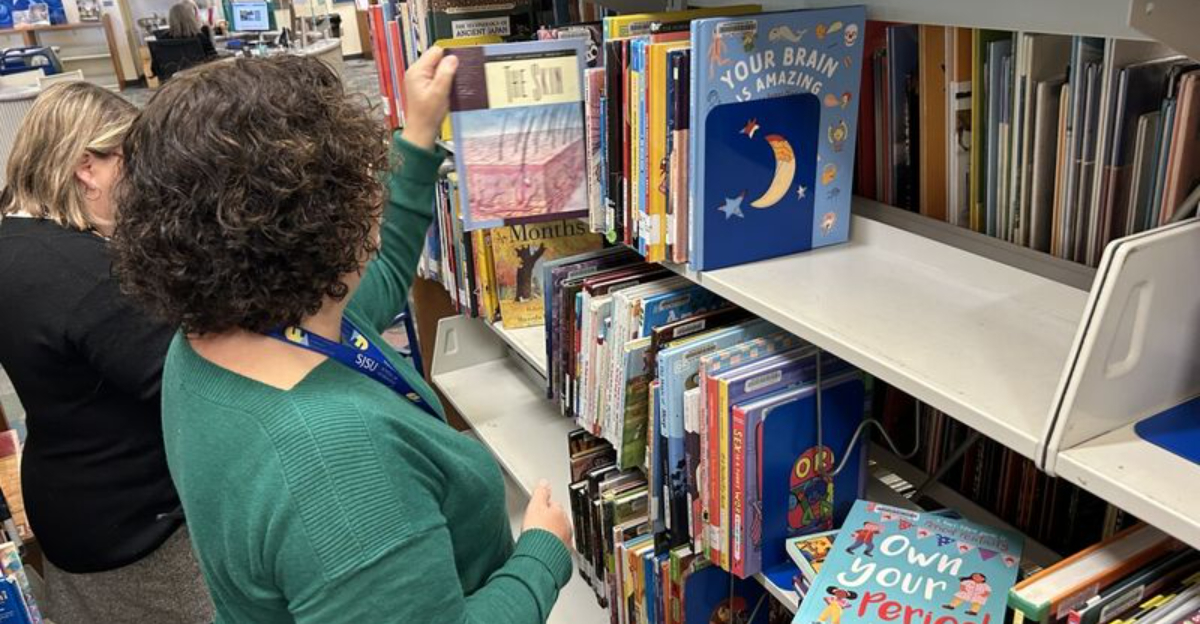
Libraries in the 1990s weren’t just buildings filled with books—they were magical realms bursting with endless adventure and imagination! As a kid growing up in that unforgettable decade, stepping into the library felt like entering a whole new world.
I remember the satisfying creak of the wooden doors, the comforting smell of paper and ink, and the soft rustle of pages being turned by curious hands. It wasn’t just about reading—it was about discovering secret worlds, meeting unforgettable characters, and letting your imagination run wild.
Afternoons were often spent curled up in cozy corners, flipping through dog-eared copies of Goosebumps, The Babysitters Club, or Encyclopedia Brown. There were beanbags that swallowed you whole, storytelling hours that made you believe in dragons, and librarians who were basically wizards guiding you to just the right book.
And the card catalog? That was a treasure map in itself! For many of us, the library was a sanctuary—a cool, quiet escape where anything was possible. No Wi-Fi, no smartphones—just stories, creativity, and wonder. Today’s kids might never know the thrill of checking out a stack of books taller than your backpack. But for those who lived it, the magic of a ‘90s library is unforgettable.
1. Card Catalogs: Treasure Maps in Wooden Drawers
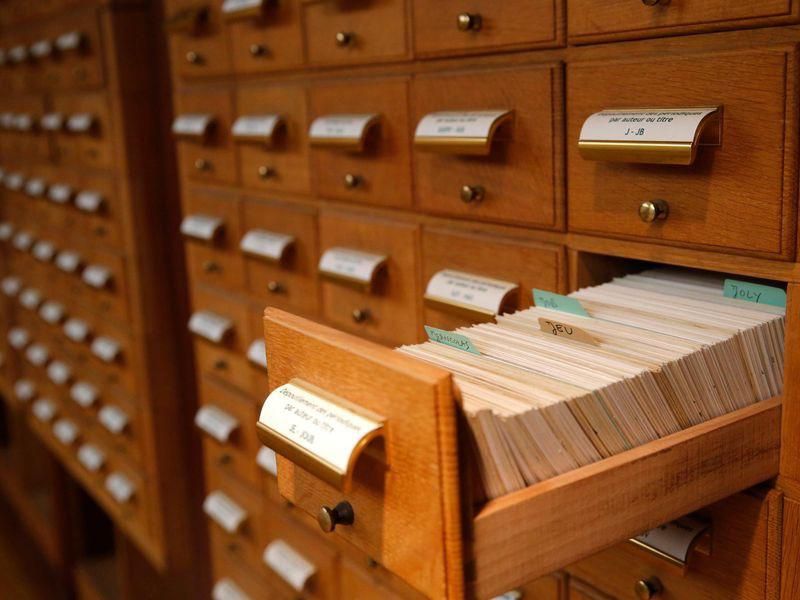
My fingers would dance across those tiny drawers filled with alphabetized index cards, each one a potential gateway to adventure! Before digital catalogs took over, we’d pull open those satisfying wooden drawers and flip through hundreds of cards to find our next great read.
The tactile experience was part of the magic—the slight resistance as you pulled a drawer, the soft shuffle of cards beneath your fingertips, and that distinctive library smell that wafted up. Finding your book was like completing a treasure hunt. Sometimes I’d discover unexpected gems just by browsing neighboring cards.
While today’s search bars are efficient, they’ll never capture the anticipation of sliding open those wooden drawers and embarking on a literary quest.
2. Scholastic Book Fairs: The Ultimate Library Party
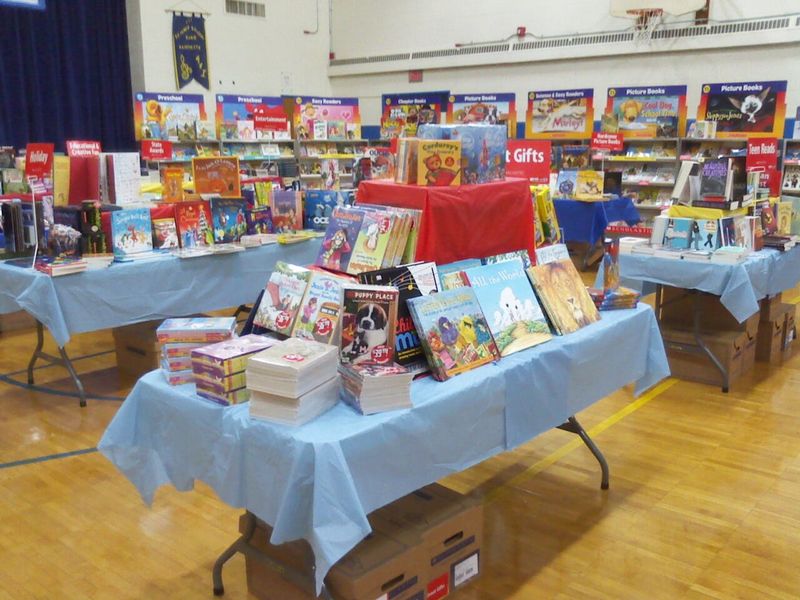
Remember when the library transformed into a pop-up bookstore for one magical week? Scholastic Book Fairs turned our library into a literary carnival! I’d save my allowance for weeks, clutching that wrinkled dollar bill until the big day arrived.
Walking into the library to find those metal bookcases filled with colorful paperbacks was better than any holiday. The pencil erasers shaped like tacos, the posters featuring sports stars and puppies, and those pointy bookmarks that slipped over the page corners—I wanted it all!
3. Goosebumps and Fear Street: The Forbidden Shelves
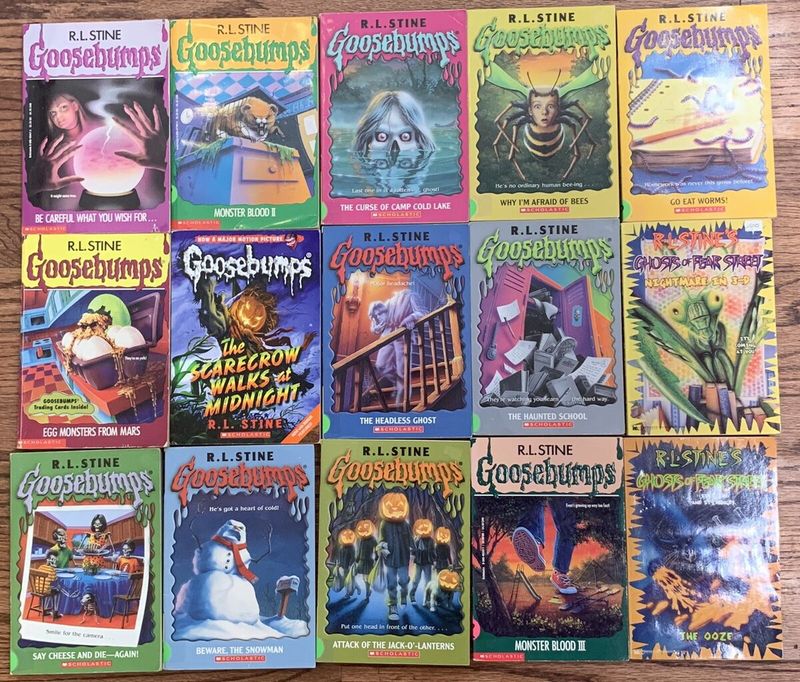
The horror section of our library held a magnetic pull over us 90s kids. Those spine-tingling Goosebumps books with their neon titles and creepy cover art practically jumped off the shelves! I’d gather with friends in a quiet corner, daring each other to check out the scariest R.L. Stine offerings.
The librarian would sometimes raise an eyebrow when I’d approach the counter with a stack of Fear Street novels, asking if I was sure they weren’t too scary. That only made them more appealing! The worn pages and slightly cracked spines proved these were the library’s most-borrowed treasures.
Parents might have frowned upon these spooky stories, but the library was our safe haven for literary thrills.
4. Summer Reading Programs with Actual Prizes
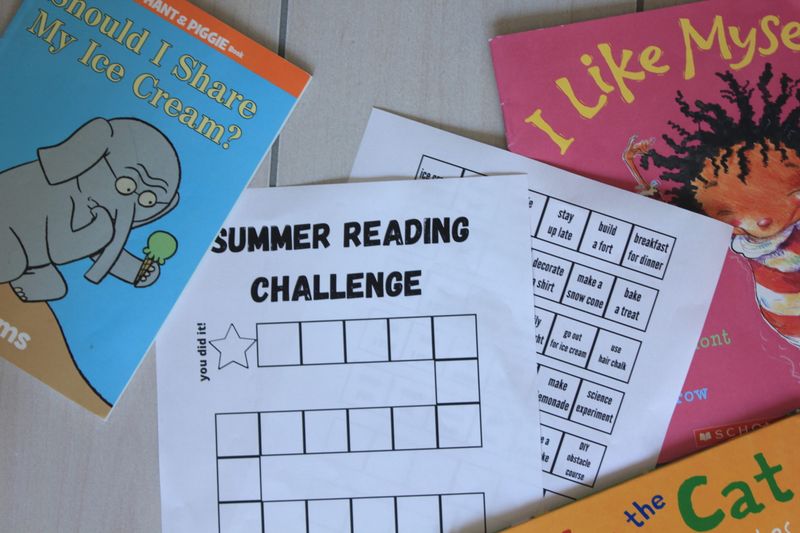
Hot summer days meant one thing to bookish kids like me—tracking reading minutes to earn awesome prizes! The colorful cardboard reading logs became my summer obsession, each completed book bringing me closer to pizza coupons, stickers, and maybe even a coveted plastic trophy.
Our librarian, Ms. Jenkins, created themed programs each year—one summer we “read around the world,” another we were “reading astronauts” journeying through space. She’d decorate the entire children’s section to match the theme, transforming our small-town library into something magical.
Parents loved these programs because they kept our brains active during the break, but we only cared about the rewards ceremony at summer’s end.
5. Laminated Library Cards: The First Credit Card
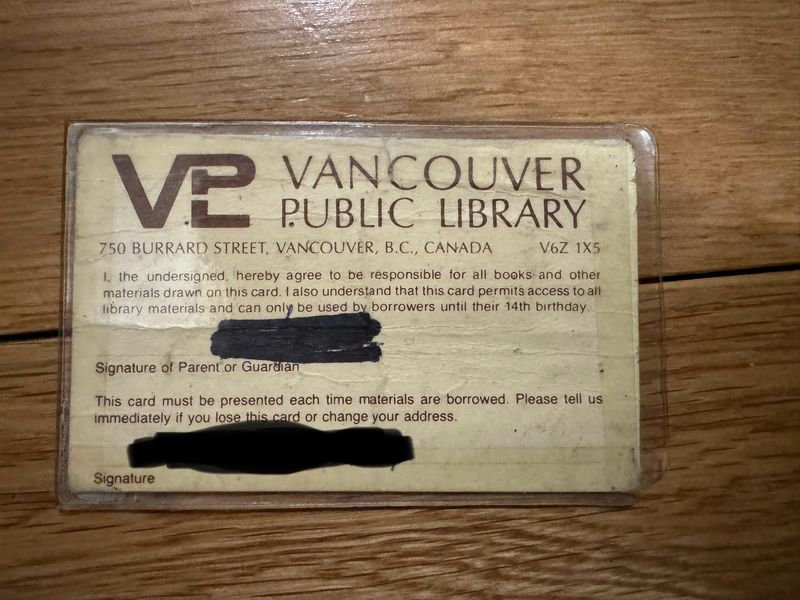
Getting my first library card felt like receiving the keys to a secret kingdom! That small rectangle of laminated cardstock represented freedom and responsibility in equal measure. I still remember the librarian’s serious tone as she explained this wasn’t just any card—it was my passport to knowledge.
The process was ceremonial: filling out the application with my neatest handwriting, watching as the librarian typed my information into a massive computer, then waiting impatiently as she fed the paper card through the lamination machine. The warm, slightly sticky card she handed me moments later bore my name in official-looking print.
Carrying that card in my velcro wallet made me feel grown-up in a way nothing else could. I’d proudly present it at the checkout desk, feeling the weight of responsibility as the librarian reminded me of due dates.
6. Story Time with Puppets and Felt Boards
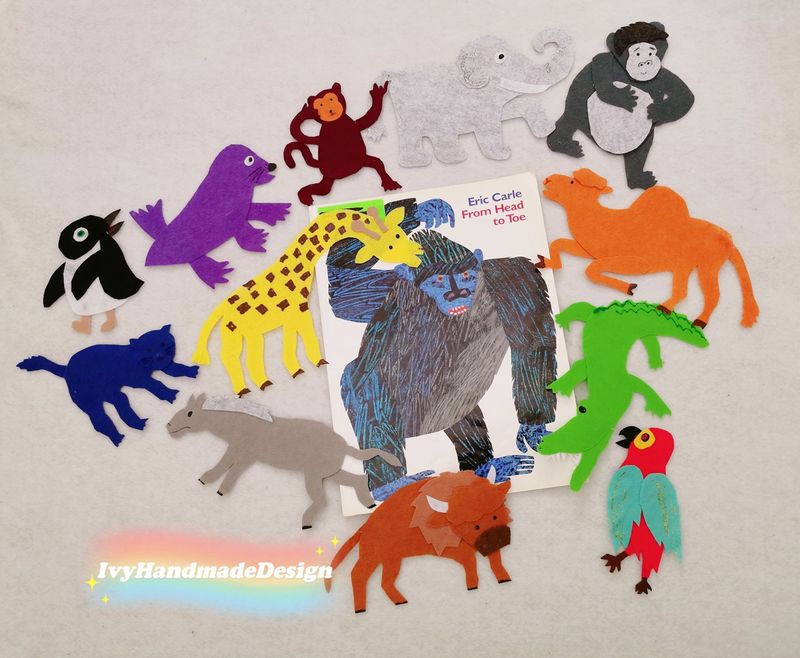
Wednesday afternoons transformed our library’s reading corner into a theatrical wonderland! Miss Patricia, with her collection of hand puppets and colorful felt board, could captivate even the wiggliest kids for a solid hour. Her voices brought each character to life—the growling bear, the squeaky mouse, the wise old owl. The felt board stories were my absolute favorite.
Sometimes she’d let us volunteer to place pieces on the board, and being chosen felt like winning a lottery. After stories, we’d crowd around craft tables to create paper bag puppets or felt characters of our own.
Many of these creations ended up taped to my bedroom wall as souvenirs of those special afternoons. Though the puppets and felt pieces looked simple by today’s standards, they sparked imagination in ways that slick digital entertainment never could, creating a shared experience that bonded us library kids together.
7. Encyclopedia Sets: The Original Wikipedia
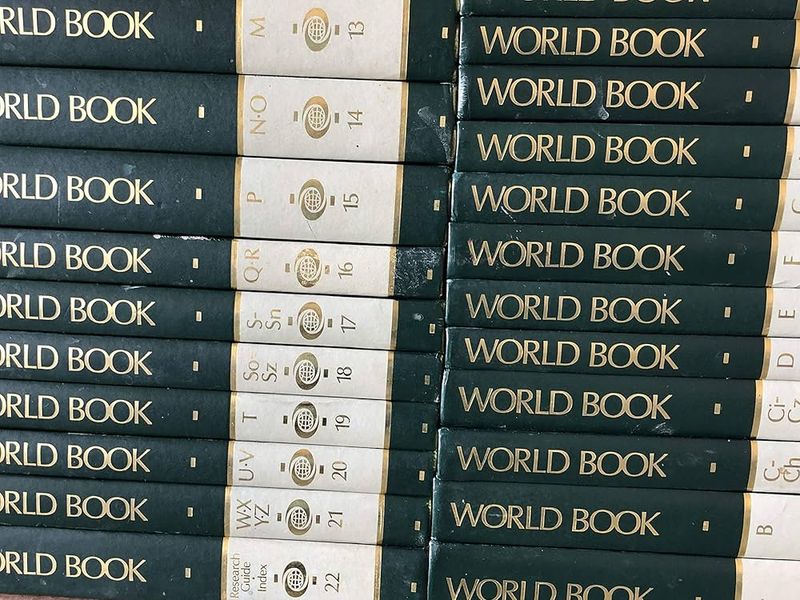
Before Google answered our random questions, the library’s massive encyclopedia collection was our information superhighway! Those impressive rows of matching volumes, with their gold-lettered spines and tissue-thin pages, contained all the world’s knowledge—or so we thought. School projects meant lugging the appropriate volume to a study table and carefully turning pages filled with photographs and diagrams.
Finding your topic was an adventure in itself—you might start researching dolphins but get distracted by dinosaurs just a few pages away. The annual yearbooks that updated each set were especially treasured, containing fresh information about recent events.
I once spent my entire allowance copying encyclopedia pages about ancient Egypt for a school project, feeling like a serious academic researcher.
8. The Magical Microfiche Machines
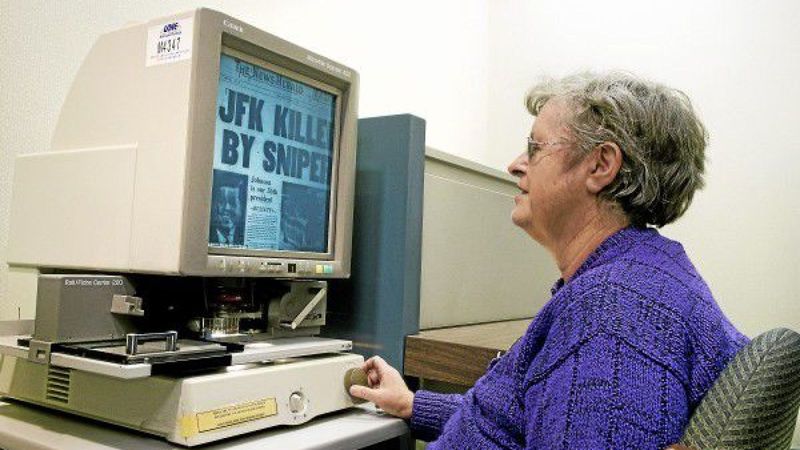
Hidden in the library’s reference section sat strange machines that seemed transported from a sci-fi movie! The librarian would help load those transparent squares into the machine, then show us how to adjust the focus knob and navigate through history.
The green-tinted screen illuminated old newspaper articles and historic documents in a ghostly glow. Turning the control knob too quickly made everything blur, creating a time-travel sensation that delighted us. My friend Jason and I once spent an entire Saturday afternoon looking up newspaper headlines from the day we were born.
Finding those personal connections to history felt like discovering buried treasure. Though clunky and outdated even in the 90s, these machines held an undeniable magic—a tangible connection to the past that downloading a PDF can never replicate. They taught us that knowledge sometimes requires special tools to unlock.
9. Computer Stations with Oregon Trail
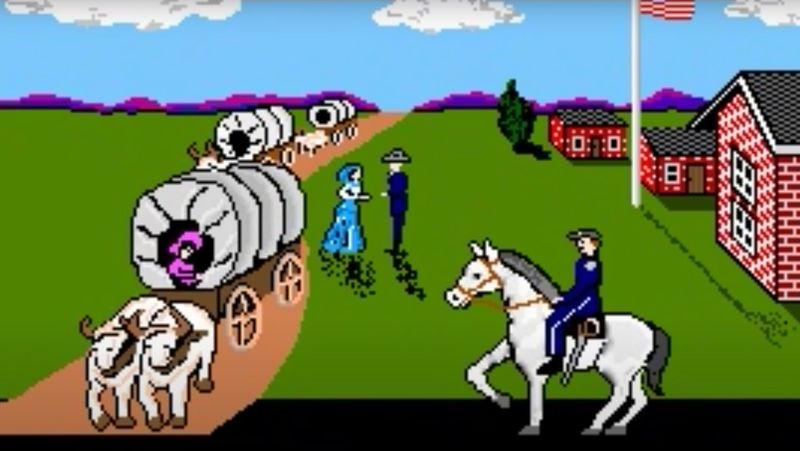
The row of beige computers against the library wall represented cutting-edge technology to us 90s kids! Signing up for a 30-minute session felt like winning a golden ticket, especially if you managed to snag a computer loaded with Oregon Trail or Number Munchers.
Dying of dysentery became a shared cultural experience, discussed in hushed tones between the bookshelves. Librarians who might shush us for whispering elsewhere would sometimes peek over our shoulders and offer strategy tips for river crossings.
Those early educational games blended learning with entertainment so seamlessly that we never realized we were absorbing history and math. The sand-filled hourglass timer on the desk reminded us that our digital adventures were time-limited, creating an urgency that made each session precious.
10. Book Return Slots That Ate Your Books
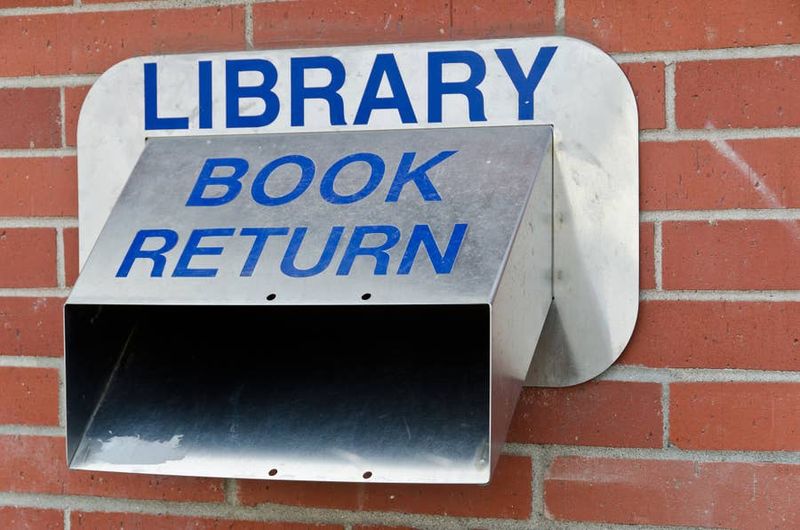
The mysterious metal mouth on the library’s exterior wall fascinated me as a child! Returning books through that slot felt like feeding a hungry monster who lived inside the building. I’d stand on tiptoes to reach it, carefully pushing each book through the metal jaws, listening for the satisfying thump as it landed somewhere inside.
My imagination ran wild about what happened on the other side. Did the books slide down a roller coaster track to their shelves? Was there a librarian sitting in a secret room catching each one? The reality, which I discovered during a behind-the-scenes library tour, was far less exciting—just a cart with a padded bottom.
Returning books after hours felt slightly rebellious, like we were breaking rules with permission. The heavy metal flap would clang shut after each deposit, providing auditory confirmation that our literary friends had safely returned home—and absolving us of overdue fine worries.
11. Dewey Decimal System Scavenger Hunts
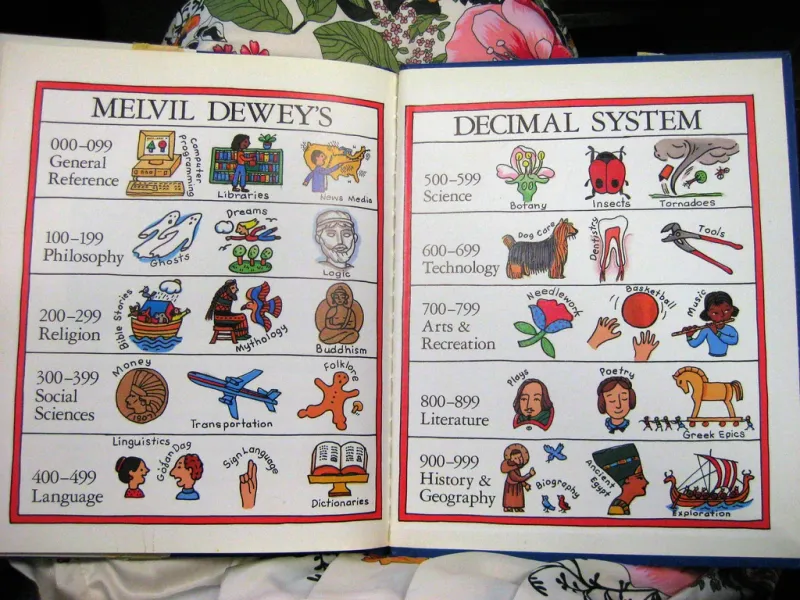
Our librarian Ms. Rodriguez transformed the intimidating Dewey Decimal System into an exciting game! Learning that 398.2 meant fairy tales and 567 led to dinosaurs gave us a secret language that felt like cracking a code.
The thrill of locating the exact book mentioned in a clue—hidden among thousands of others—created a sense of accomplishment nothing else could match. Our sneakers would squeak against the linoleum floors as we darted between shelves, whispering numbers to ourselves.
Finding a book without asking for help became a point of pride. Years later in college, while classmates struggled to locate research materials, those of us with Dewey Decimal training could navigate any library with confidence—a superpower gained through childhood games among the bookshelves.
12. Date Due Stamps and Cards
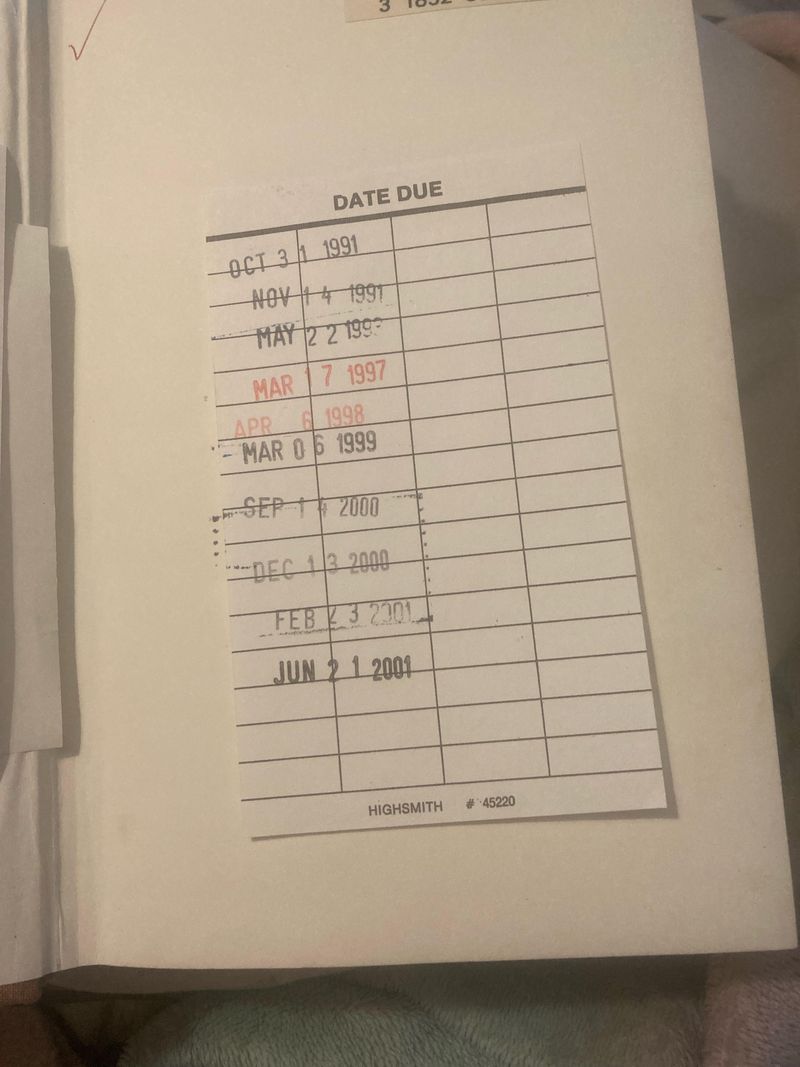
The rhythmic ka-chunk of the date stamp marked the official beginning of my reading adventures! Each book contained that magical pocket in the back with its card listing previous borrowers—a literary family tree connecting me to unknown reading buddies across time.
Sometimes I’d recognize a friend’s name on the card and feel a special connection, knowing we’d enjoyed the same story. The due date slip tucked into the back cover served as both bookmark and deadline reminder. I loved examining the columns of stamped dates stretching back years, imagining who else had curled up with this same book on rainy afternoons.
Those cards created an invisible community of readers across time. Though efficient digital systems have replaced this ritual, they’ve lost that tangible evidence of a book’s journey through many hands and hearts—a small but meaningful connection to fellow bookworms.
13. Beanbag Chairs in Reading Corners
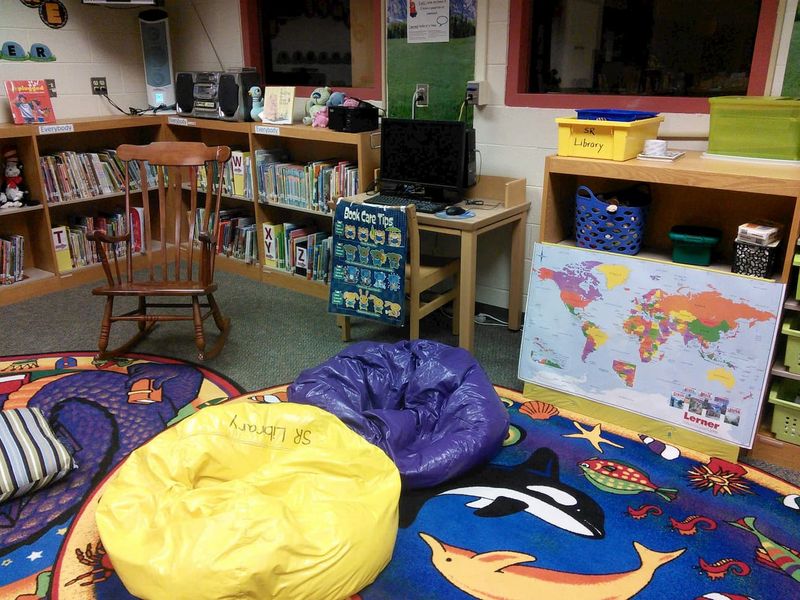
Claiming the coveted neon green beanbag chair in our library’s reading nook was the ultimate victory! Those shapeless blobs of vinyl-covered beans transformed the library experience from formal to fantastically comfortable. Once nestled into your chosen beanbag, you’d disappear into literary worlds for hours, your body perfectly cradled in its squishy embrace.
The reading corner, separated from the main library by low bookshelves, felt like a secret clubhouse. Sunlight streamed through nearby windows, creating the perfect reading atmosphere.
Library beanbags weren’t like home furniture—they were communal treasures shared by countless readers before you. Sometimes you’d discover a forgotten bookmark or candy wrapper tucked in the seams, evidence of previous occupants.
14. Librarians Who Knew Your Reading Taste
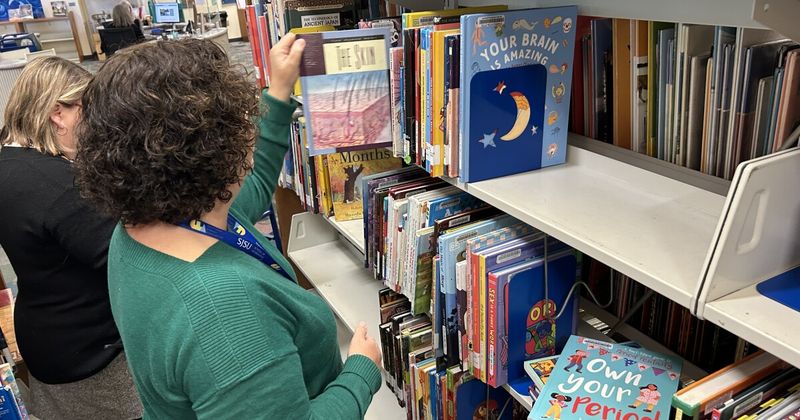
“I saved this new one for you—I think you’re going to love it!” Mrs. Abernathy would whisper, pulling a fresh hardcover from behind the desk when I walked in. Our library’s children’s librarian remembered not just what genres each kid preferred, but specific storylines, authors, and even which cover art might appeal to us.
She celebrated when I finished my first chapter book and consoled me when my favorite series ended. Unlike a computer database, she understood the emotional connection between reader and story. These literary matchmakers introduced us to books we’d never have discovered on our own, gently stretching our reading comfort zones.
The personal connection made recommendations special—these weren’t random suggestions but carefully considered matches from someone who knew both books and readers intimately. No recommendation algorithm has ever replicated that human touch.
15. The Magical Sound of the Library Stamp
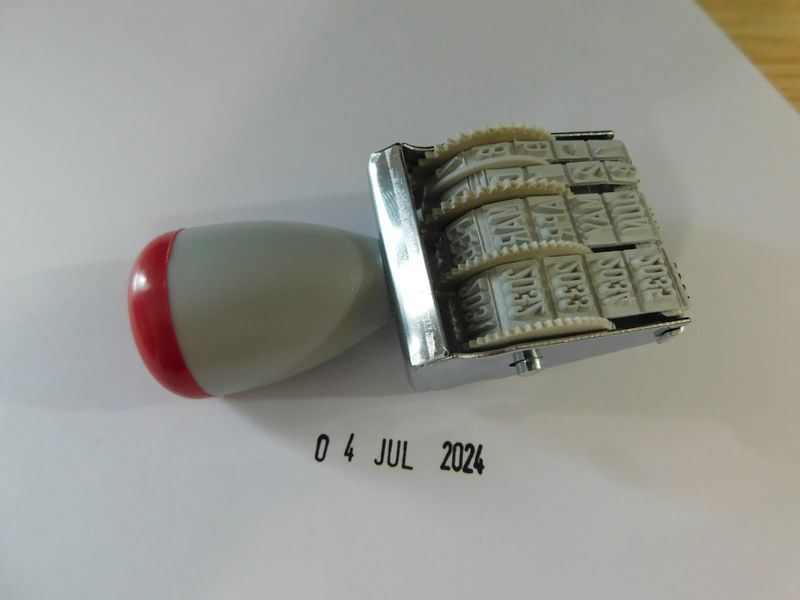
Ka-CHUNK! That distinctive sound announced to the entire library that someone was officially checking out books. The librarian’s rubber stamp, with its wooden handle and metal date wheels, created a soundtrack that defined the 90s library experience.
The mechanical precision of this ritual stood in stark contrast to today’s silent barcode scanners. Each stamp represented a promise—this book is yours to enjoy until this precise date. Sometimes the ink would be slightly too dry or too wet, creating a smudged or faint imprint that added character to the transaction.
The stamping sound echoed through the quiet library, announcing each reader’s selections to everyone present. It was a public declaration of literary intent.
